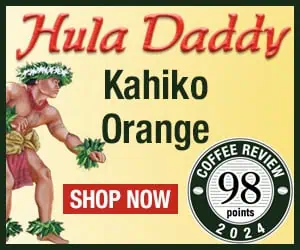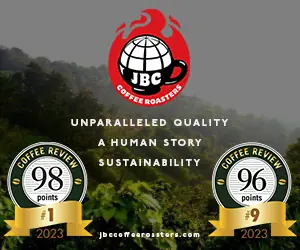A recent report by Reuters drew attention to a U.S. Department of Agriculture report that the consumption of coffee in 2015/16 will decrease over current levels. According to the report, U.S. coffee consumption will drop by about 1 percent. The United States is the only country among the top eight coffee-consuming nations that will show a decrease. Overall, consumption is forecast to grow by roughly 1 percent.
The major driver of this trend is the rapid growth of the single-serve coffee category led by Keurig and its K-Cup coffee pods. According to the National Coffee Association (NCA), one in four U.S. households now owns a single-serve coffee maker, up from just 15% a year ago. Single-cup coffee makers are less prevalent outside of the U.S.
Pedro Gavina, owner of Vernon, California-based roaster Gavina & Sons is quoted as saying “People used to make a pot of coffee, now they make a cup.” “Right there we’re losing the sink as a consumer.”
At the same time that U.S. consumption is declining, spending on coffee is soaring. Consumers pay a significant premium per cup for the convenience of coffees in single-serve capsules. Spending hit an all-time high of $11.9 billion in 2014 and is forecast to reach $13.6 billion next year, a healthy 7 percent per year.
However, there is another specialty coffee trend contributing to this increased spending. A relatively small but rapidly growing segment of informed coffee consumers is increasingly willing to pay premium prices for high quality coffees. To put it in perspective, of the roughly 100 million daily coffee drinkers in the United States, approximately one-third drink gourmet coffee, and nearly one million will visit Coffee Review this year to find top-rated coffees such as those on our list of the Top 30 Coffees of 2014.
Not surprisingly, these Top 30 coffees are generally quite a bit more expensive than high-volume mid-market coffees. As noted in our January 2015 article, the average price of these coffees was $37.98 per pound. These coffees represent a tiny portion of the overall coffee market but the trend is encouraging for high-end coffee consumers and the roasters and growers who produce premium quality coffees.










